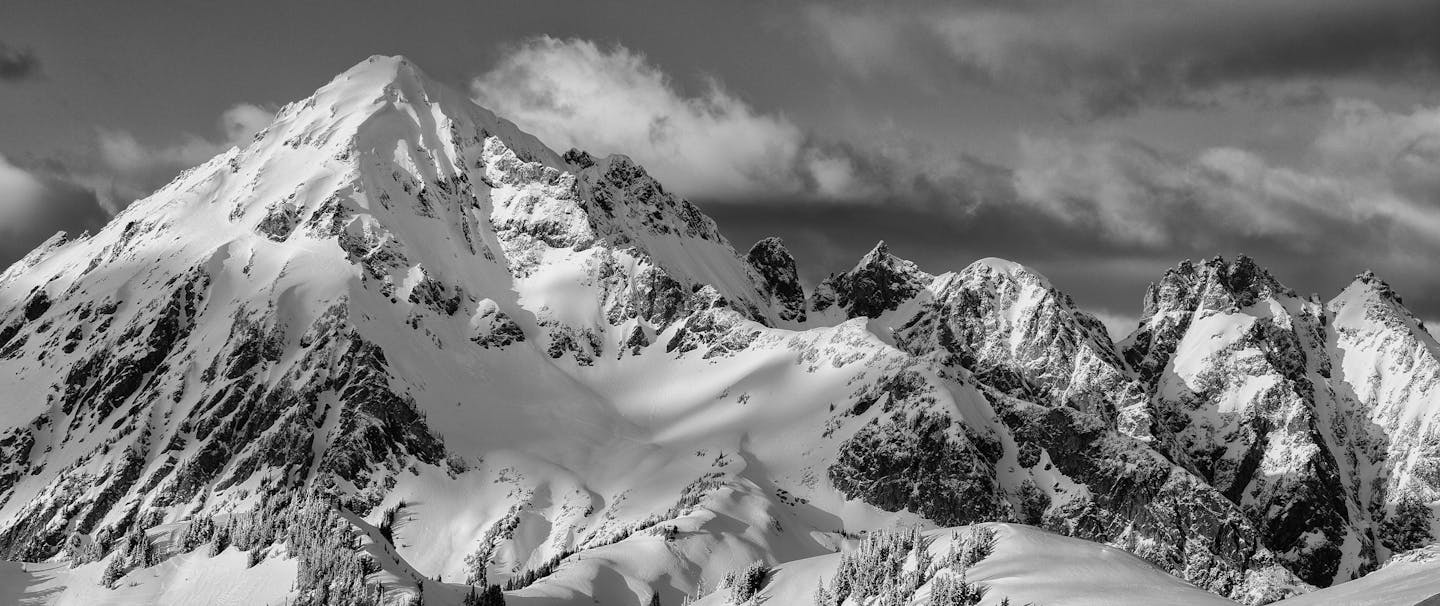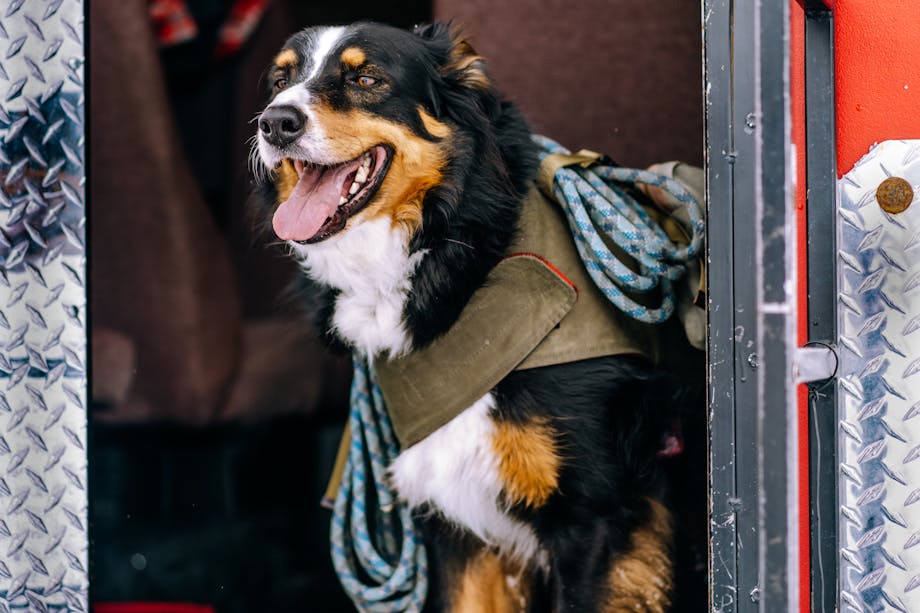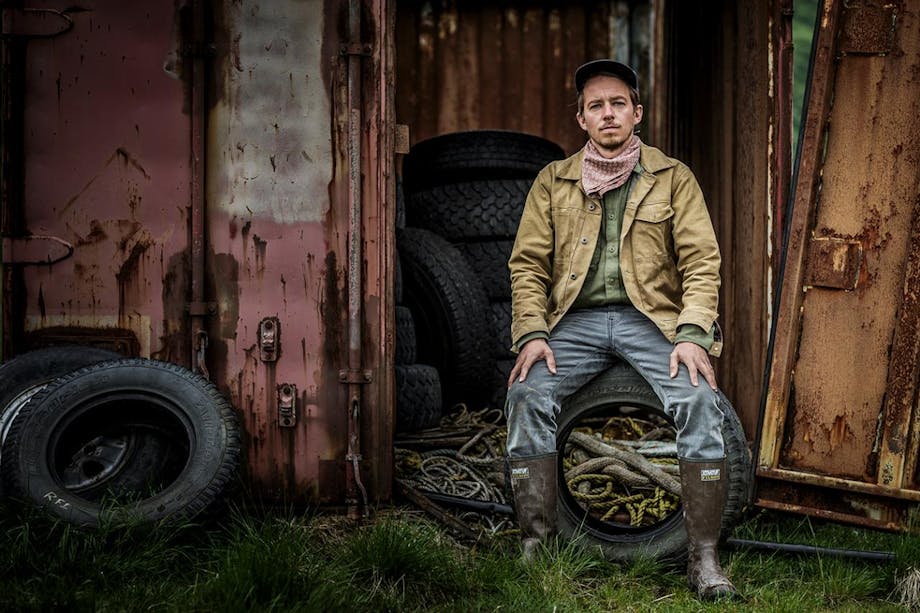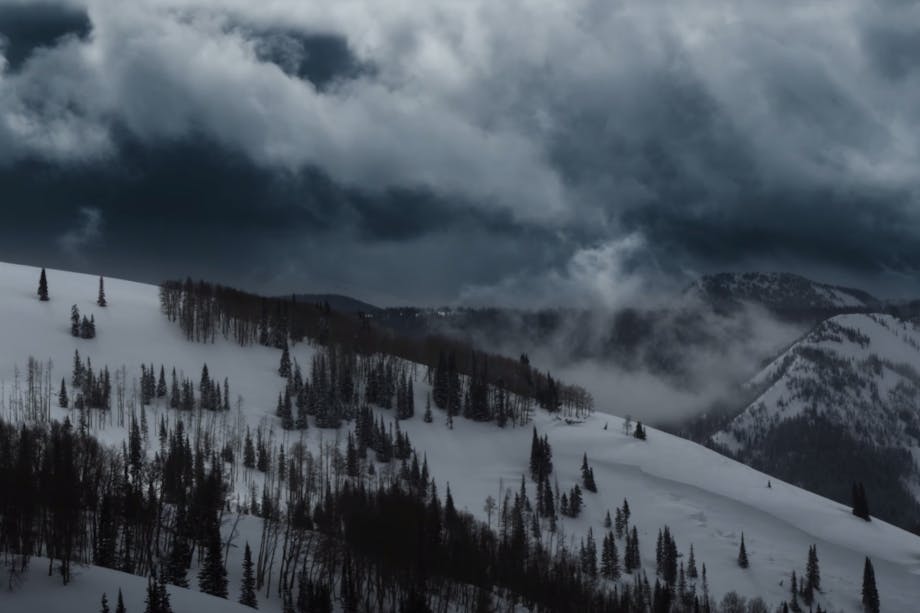This article is brought to you by our friends at the Northwest Avalanche Center. The Northwest Avalanche Center (NWAC) is a collaborative effort between the US Forest Service Northwest Avalanche Center and the non-profit Northwest Avalanche Center, registered 501(c)(3) non-profit organization. The mission of NWAC is to save lives and reduce the impacts of avalanches on recreation, industry and transportation in the Cascade and Olympic Mountains of Washington and northern Oregon through mountain weather and avalanche forecasting, data collection and education. Learn more at nwac.us.
As winter rapidly approaches and snow begins to accumulate, many of us are gearing up for a day of fun in the mountains.
Every year in the mountains of North America, avalanches kill an average of 45 people and injure many more. Nearly all these incidents involve people recreating. If you’re planning to get into the mountains this winter, there are a few things you should consider regarding avalanches prior to heading out.
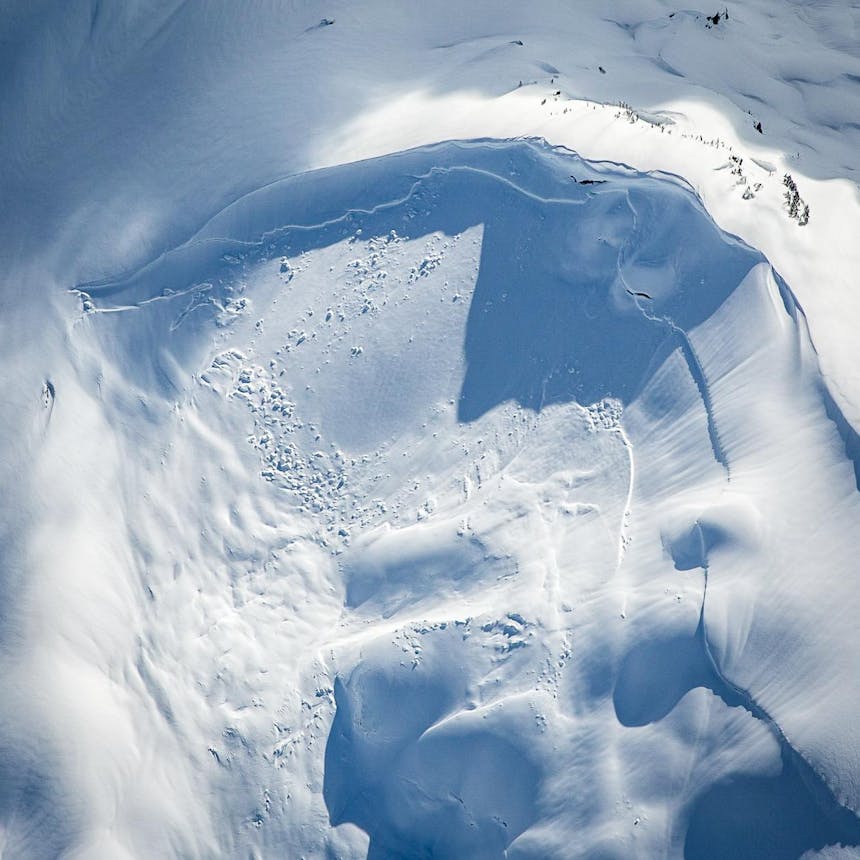
First, you need to decide if your route interacts with avalanche terrain. There’s an old adage that says you can’t get caught in an avalanche if you’re not in avalanche terrain. In other words, if you’re certain that your route does not interact with avalanche terrain in any way, then you can shift your planning to focus on proper food and clothing and all the standard accompaniments of the well-prepared backcountry traveler with a winter bent. The good news is that throughout the mountains, many areas are devoid of avalanche terrain.
PRO TIP: Plan ahead. Use mapping programs, guidebooks, forums, and local knowledge to help you figure out your route ahead of time and understand if avalanches should be a concern.
PRO TIP: Take an avalanche safety course. Even if you’re on the risk-averse side of the spectrum and have no intentions, or desire, to frequent the steeps, remember that you can’t avoid what you don’t understand. While it’s true that most avalanches originate on slopes steeper than 30 degrees, identifying slopes where avalanches run is not as simple as looking for the steeps; there’s much more to it, and most avalanche classes will help you develop a keen eye for avoidance. A good first step is to take an avalanche awareness course.
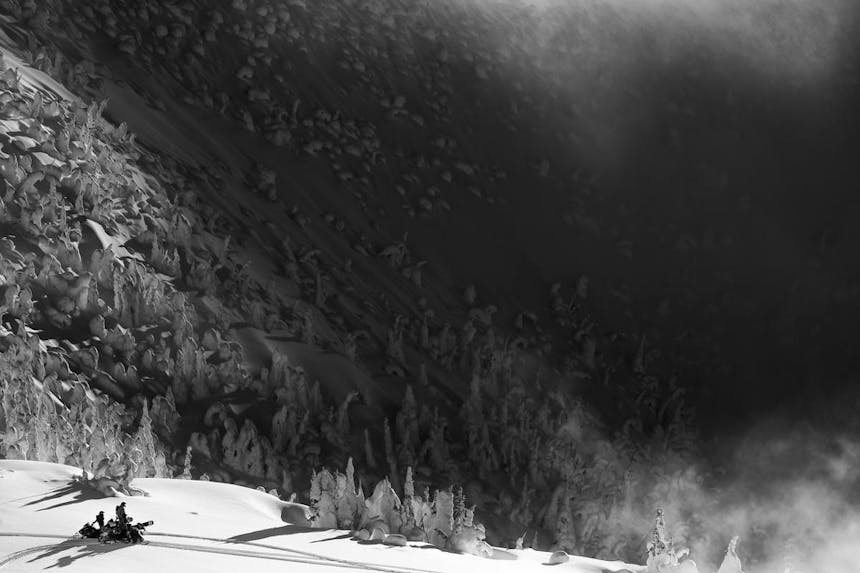
Now if you are choosing to travel in avalanche terrain, make sure three key things happen prior to hitting the trailhead. You need to:
◊ Get the gear
◊ Get the training
◊ Get the forecast

Get the Gear
The type of gear we use to explore the mountains is often hotly debated and personal; the exception to this is avalanche safety gear. While experts can be found in the bar discussing the nuances of which manufacturer makes a better avalanche transceiver, we all agree that everyone traveling avalanche in terrain must carry the trifecta of avy safety equipment: an avalanche transceiver (aka beacon), a probe and a shovel. These lightweight tools allow your partner(s) to find you and dig you out of the snow if you’re buried in an avalanche. Remember: everyone in the party must carry all three of these items anytime while in avalanche terrain.
PRO TIP: Take an avalanche rescue course. Avalanche rescue can be extremely hard. If you’re buried, your partners are the best way to a favorable recovery. These newer one-day programs provide a formalized structure that is essential to an effective rescue. You’ll also get a lot of time to practice with all your equipment.
PRO TIP: Consider an avalanche airbag pack. Research shows these to be potentially effective tools for reducing mortality. However, they are not a replacement for a transceiver, a probe and a shovel. They also require some training and wherewithal to properly deploy.

Get the Forecast
By forecast, we’re referring to the avalanche forecast. In many of the popular mountain zones in North America, we’re fortunate to have local avalanche centers who equip backcountry users with information about what conditions to expect. Forecasters use a five-point scale to convey the chance of encountering avalanches on a particular day in a particular area. Understanding the forecasted danger prior to heading out is one of the best ways to ensure a good trip.
PRO TIP: Always check the avalanche forecast prior to heading out. In the Northwest you can go to NWAC; elsewhere in the US you can go Avalanche US and in Canada, go to Avalanche Canada.
PRO TIP: Avalanche forecasts are extremally important, but an avalanche forecast is only a starting point. Only you control your own risk by choosing when and where to go. Formal training is essential to understanding how to properly interpret the forecast.
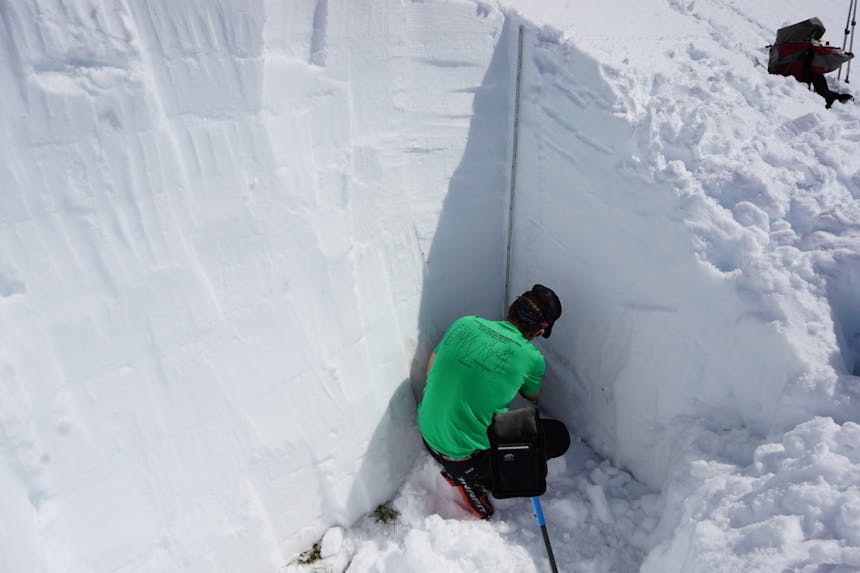
Get the Training
Wintertime travel in the mountains is often riskier than the same journey in summer. The snowpack is quite dynamic and often hard to assess, and the consequences of error can be severe. Taking an avalanche course is the best safety investment (and use of your time) you can make. It’s worth noting that using your safety gear and understanding—and applying—the avalanche forecast is only possible with proper training. Most experts agree that formalized avalanche education is the best way to ensure a round-trip.
PRO TIP: Find a course. A ton of learning opportunities are out there; in the Northwest you can check here. In the rest of the US, you can find a course here.
PRO TIP: Find a mentor. Avalanche courses are essential, but there’s only so much we can learn from a brief course. Getting outside with a more experienced—and trustworthy—partner is one of the best ways to gain valuable experience and goes a long way in building your skillset.
PRO TIP: Keep practicing and training. Most of us consider travel in avalanche terrain to be a life-long learning process. You might consider re-taking a previous or outdated course and travelling to different regions to gain new perspectives.
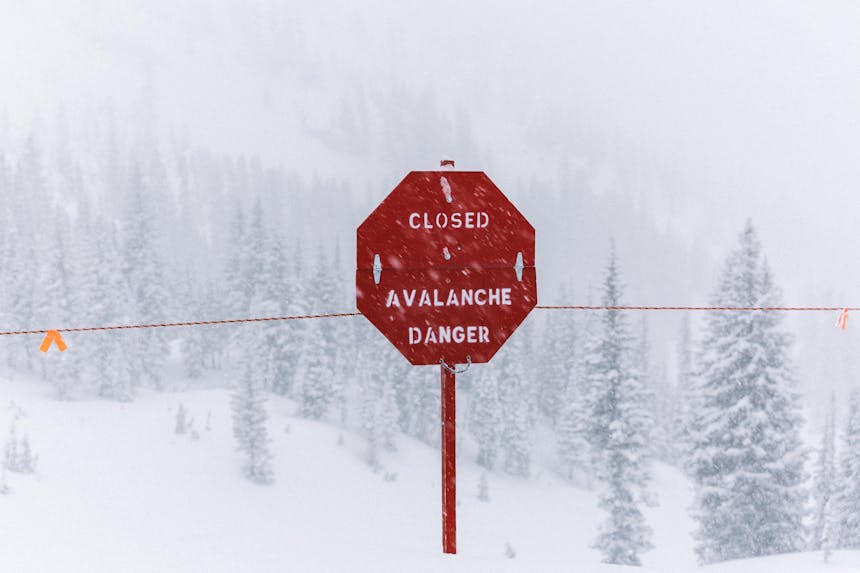
Final Thoughts
As mentioned, a winter outing in the mountains brings the potential for high consequences. It’s quite difficult—even for experts—to fully understand everything in a complex and dynamic snowpack; therefore, having a structure to adhere to, such as the three Get The’s above allows us to stack the odds in our favor.
Here’s to a safe season out there.
